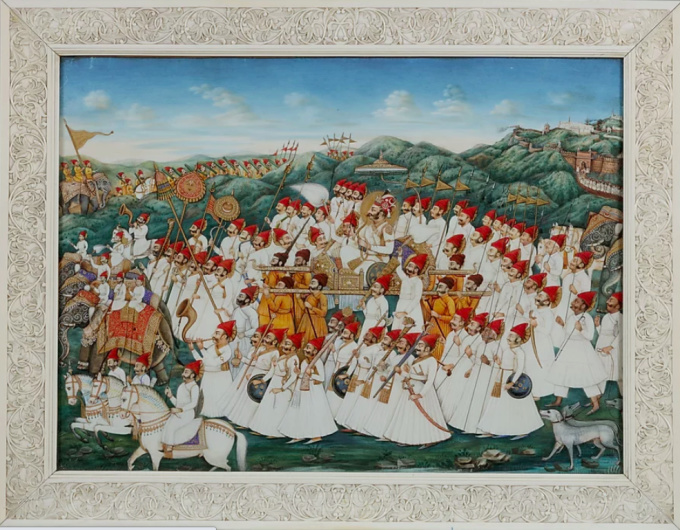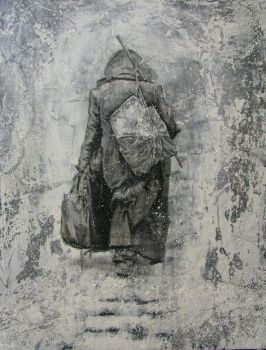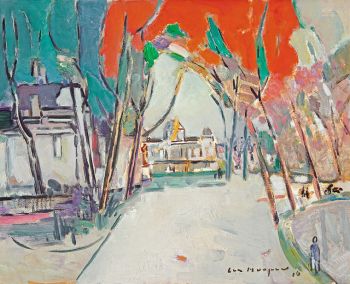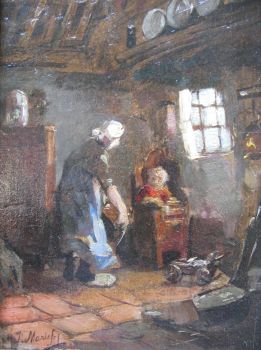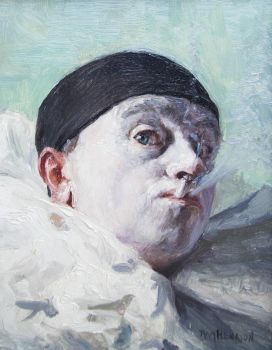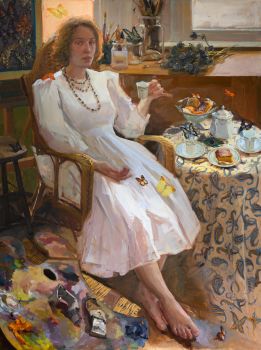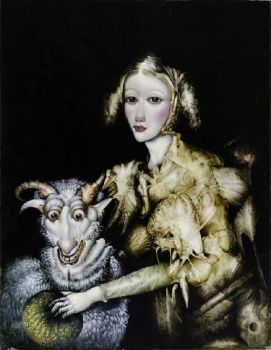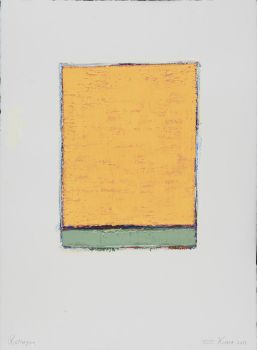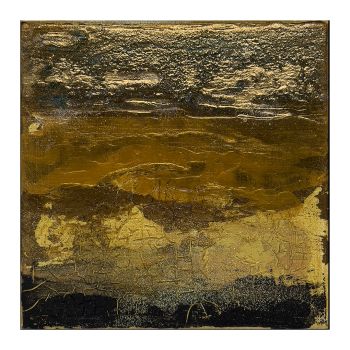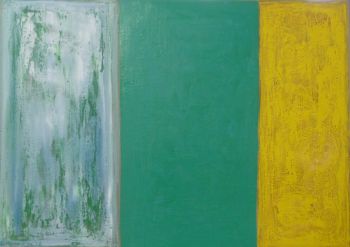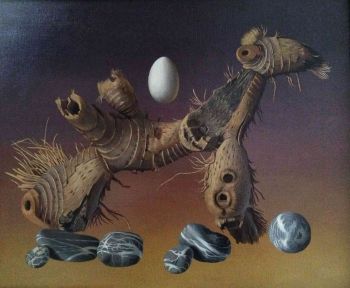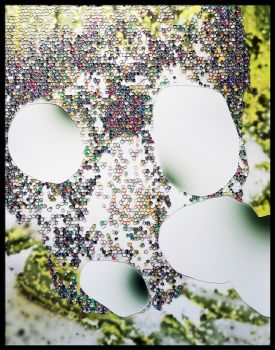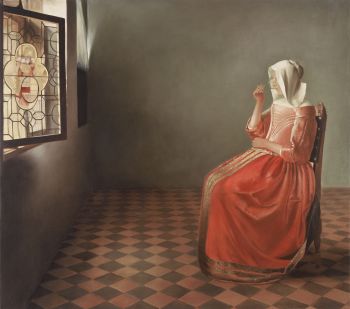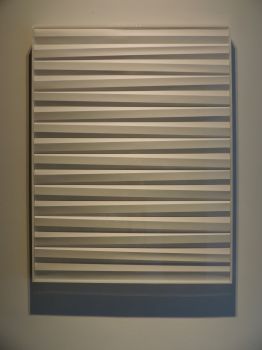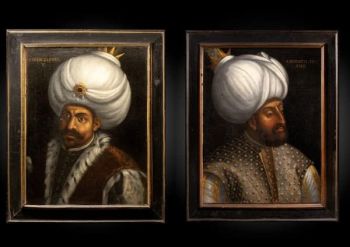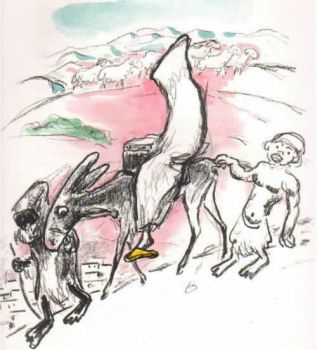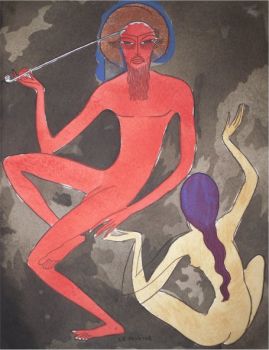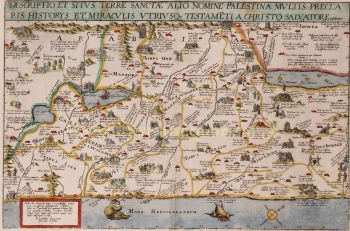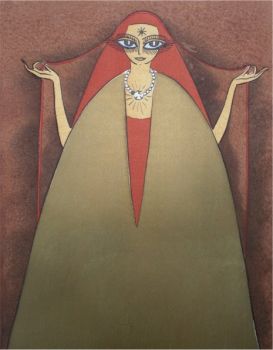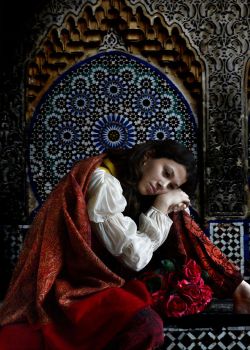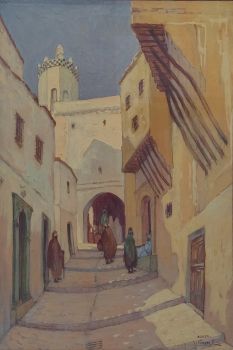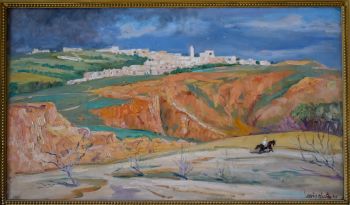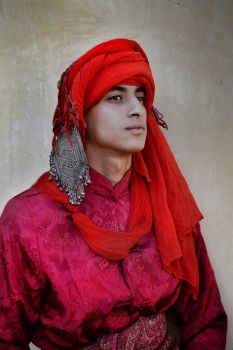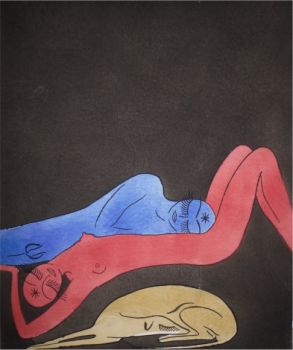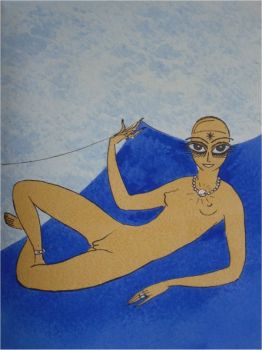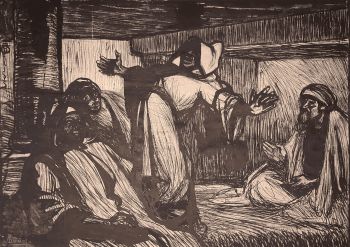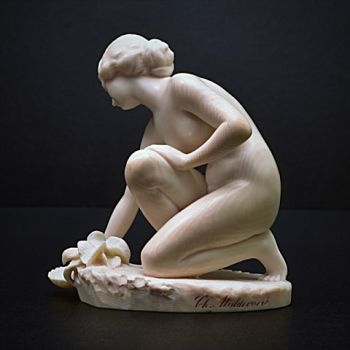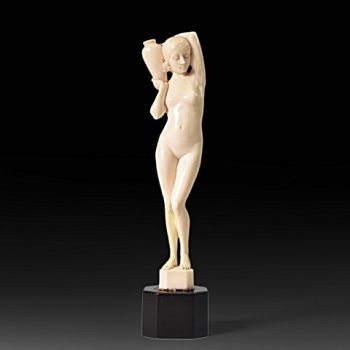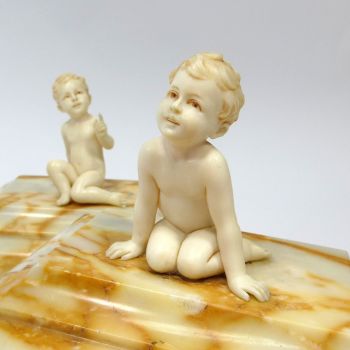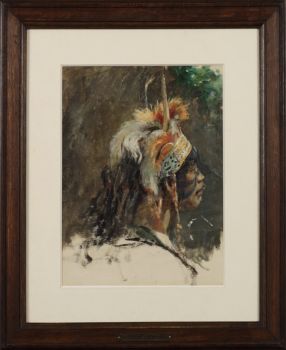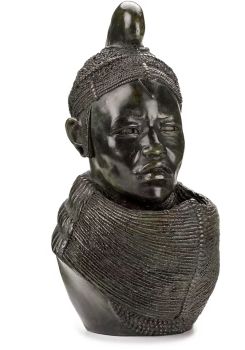IMPORTANTE Y RARO PINTURA INDIA DE ESTILO DE COMPAÑÍA EN MARFIL QUE REPRESENTA UN DESFILE 1850 - 1900
Artista Desconocido
HuesoMarfilAcuarela
Precio a consultar
Zebregs & Röell - Fine Art - Antiques
- Sobre la obra de arteIMPORTANT AND RARE LARGE INDIAN 'COMPANY STYLE' PAINTING ON IVORY DEPICTING A PARADE
North India, late 19th century
Opaque watercolour and gold on ivory, in finely carved ivory frame.
H. 27.6 x W. 37.3 cm (excl. frame)
H. 38.8 x W. 45.4 cm (incl. frame)
Note:
The painting depicts a ruler, perhaps the ruler of Jodhpur, carried on a palaquin amidst an extensive procession of noblemen, musicians and attendants, coming out of a town on a hill top, a cannon on the town wall firing. The frame, also in ivory, is carved in shallow relief with entwined floral motifs. In the 19th century after the British East India Company occupied Delhi in 1803 and the breaking up of Mughal suzerainty, the Company played the dominant political and administrative role in India. Artists once active in the Mughal workshops were out to seek other lucrative employment and the style of Indian painting came more and more under English/European patronage. This style is known as “Company style painting”. Native Indian talents, now employed by the new rulers, adapted themselves to the new style by studying and copying available European models. Company style paintings were more naturalistic and picturesque and ivory (as well as glass and mica) was a popular new medium with European collectors. Following the English tradition of miniature portrait paintings on ivory, Indian painters perfected the technique of painting on ivory. Most paintings on ivory were small portraits or fanciful architecture. Large paintings on ivory the seize of the present one are very rare. - Sobre el artista
Puede suceder que un artista o creador sea desconocido.
Algunas obras no deben determinarse por quién está hecho o por (un grupo de) artesanos. Algunos ejemplos son estatuas de la Antigüedad, muebles, espejos o firmas que no son claras o legibles, pero también algunas obras no están firmadas en absoluto.
También puedes encontrar la siguiente descripción:
•"Atribuido a …." En su opinión, probablemente una obra del artista, al menos en parte.
•“Estudio de….” o “Taller de” En su opinión, una obra ejecutada en el estudio o taller del artista, posiblemente bajo su supervisión
•“Círculo de…” En su opinión, una obra del período del artista que muestra su influencia, estrechamente asociado con el artista pero no necesariamente su alumno.
•"Estilo de …." o “Seguidor de…”. En su opinión, una obra ejecutada al estilo del artista pero no necesariamente por un alumno; puede ser contemporáneo o casi contemporáneo
•"Manera de …." En su opinión una obra al estilo del artista pero de fecha posterior
•"Después …." En su opinión, una copia (de cualquier fecha) de una obra del artista
•“Firmado…”, “Fechado…” o “Inscrito” En su opinión, la obra ha sido firmada/fechada/inscrita por el artista. La adición de un signo de interrogación indica un elemento de duda.
•“Con firma…”, “Con fecha…”, “Con inscripción…” o “Lleva firma/fecha/inscripción” en su opinión la firma/fecha/inscripción ha sido añadida por alguien que no es el artista
¿Está interesado en comprar esta obra de arte?
Artwork details
Related artworks
Artiste Inconnu
A Dutch colonial Indonesian betel box with gold mounts1750 - 1800
Prix sur demandeZebregs & Röell - Fine Art - Antiques
1 - 4 / 12- 1 - 4 / 4
 Sélectionné par
Sélectionné parDanny Bree
1 - 4 / 24- 1 - 4 / 24
Artiste Inconnu
A gem-set ivory sculpture of an Ottoman sultan1700 - 1750
Prix sur demandeZebregs & Röell - Fine Art - Antiques
Artiste Inconnu
UN FILET D'IVOIRE D'UN DUTCHMAN TENANT UN COCKEREL18th century
Prix sur demandeZebregs & Röell - Fine Art - Antiques
Artiste Inconnu
Néerlandais en miniature (Netsuke)1700 - 1900
Prix sur demandeZebregs & Röell - Fine Art - Antiques
Artiste Inconnu
A Dutch colonial Indonesian betel box with gold mounts1750 - 1800
Prix sur demandeZebregs & Röell - Fine Art - Antiques
Artiste Inconnu
UNE COLLECTION DE QUATRE BOÎTES À BIBLE EN IVOIRE SRI LANKAN18th century
Prix sur demandeZebregs & Röell - Fine Art - Antiques
1 - 4 / 24Artiste Inconnu
UNE COLLECTION DE QUATRE BOÎTES À BIBLE EN IVOIRE SRI LANKAN18th century
Prix sur demandeZebregs & Röell - Fine Art - Antiques
1 - 4 / 12

